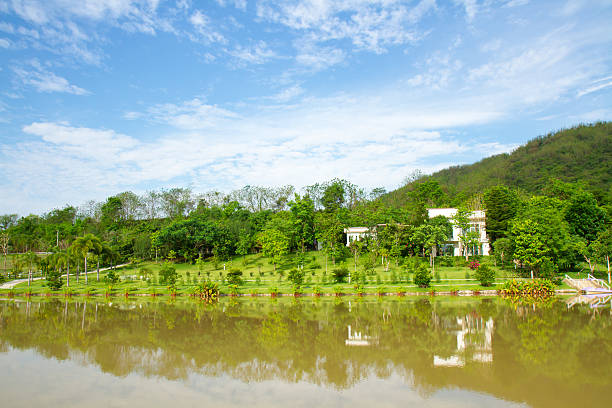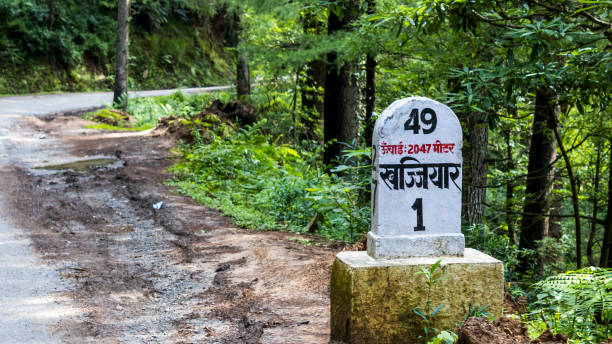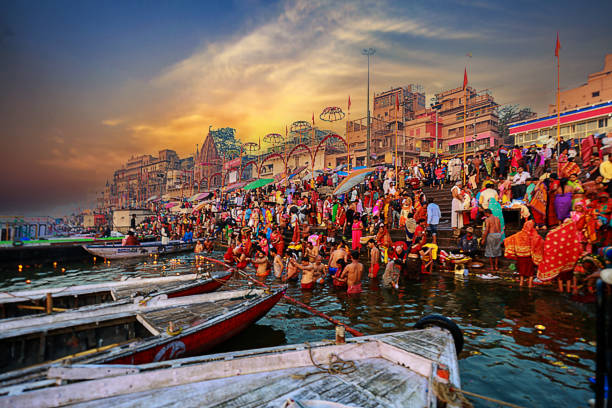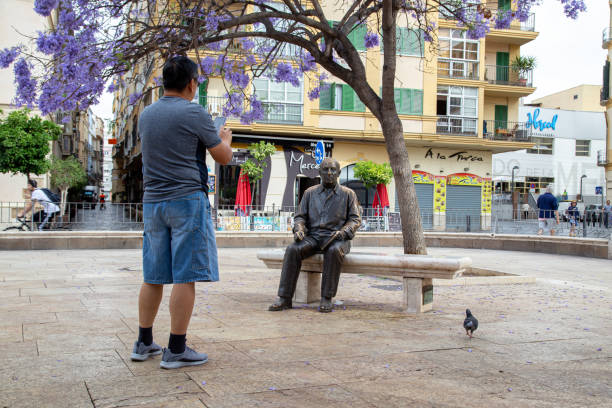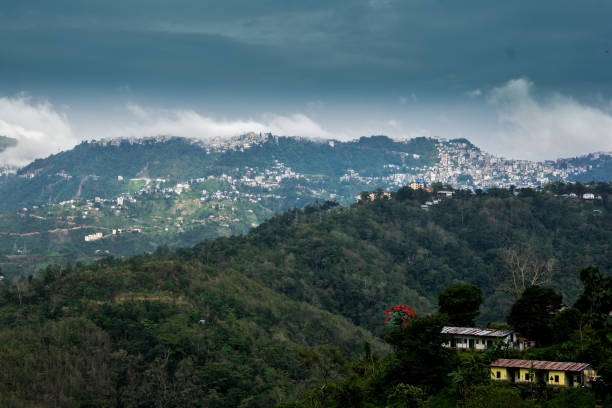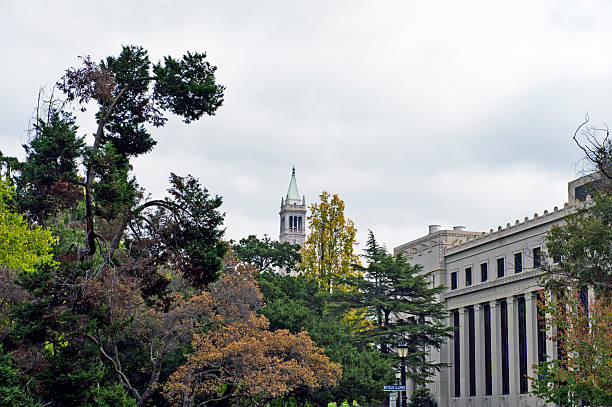Unveiling Ancient Wonders: Top 5 Must-Visit Places in Egypt
Explore the iconic pyramids, majestic temples, and pharaonic tombs that define Egypt's rich history.
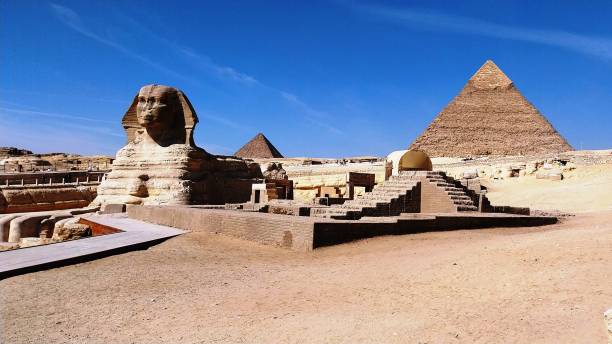
Egypt, the land of pharaohs and ancient wonders, offers a plethora of historical and cultural sites. Here are 5 must-visit places:
-
Pyramids of Giza and the Sphinx: Located on the Giza Plateau near Cairo, these iconic structures are the only remaining wonders of the ancient world. The Great Pyramid of Khufu, the Pyramid of Khafre, and the Pyramid of Menkaure stand as testaments to ancient Egyptian engineering and power. The enigmatic Sphinx, with its lion's body and human head, guards these magnificent tombs. You can explore the pyramids from the outside, and some offer the option to venture inside. Camel rides around the plateau provide a unique perspective.
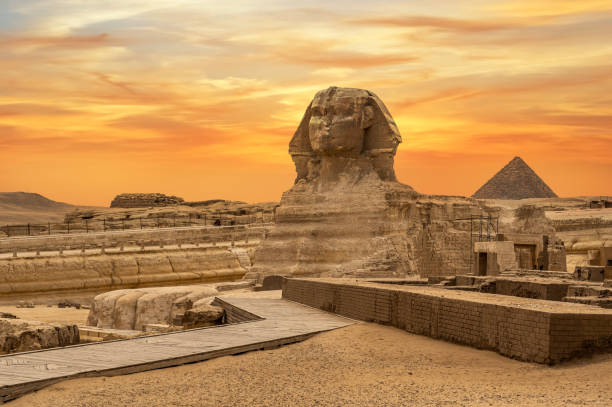
2.Luxor Temple and Karnak Temple: Luxor, once the ancient city of Thebes, is often called the "world's greatest open-air museum." The Luxor Temple, situated on the east bank of the Nile, is a beautifully preserved temple complex with impressive colonnades and statues, particularly stunning when illuminated at night. Just a few kilometers north lies the Karnak Temple, the largest ancient religious site in the world, comprising vast halls, obelisks, and sanctuaries built and expanded upon by numerous pharaohs over centuries. Don't miss the Great Hypostyle Hall with its towering columns. An avenue of sphinxes once connected these two temples.
3.Valley of the Kings: Located on the west bank of the Nile, opposite Luxor, this is the final resting place of many New Kingdom pharaohs, including the famous Tutankhamun. The tombs, carved into the desert hills, are adorned with intricate and colorful wall paintings depicting scenes from Egyptian mythology and the afterlife. While many tombs are open to the public on a rotating basis, the tomb of Tutankhamun requires a separate ticket.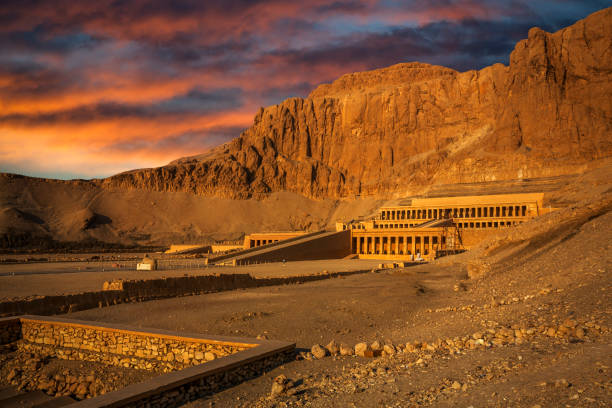
4.Abu Simbel Temples: Situated in southern Egypt, near the border with Sudan, these massive rock-cut temples were built by Pharaoh Ramses II in the 13th century BC. The Great Temple is dedicated to Ramses II and the sun gods Amun-Re, Ra-Horakhty, and Ptah, while the smaller temple is dedicated to his wife Nefertari and the goddess Hathor. The colossal statues at the entrance are particularly awe-inspiring. In the 1960s, an incredible feat of engineering moved the entire complex to higher ground to save it from the rising waters of Lake Nasser due to the construction of the Aswan High Dam.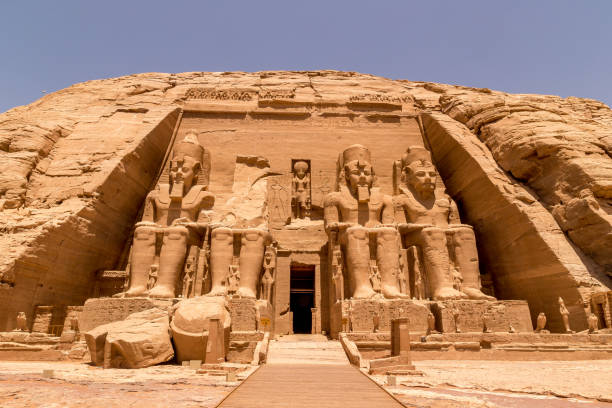
5.Aswan and Philae Temple: Aswan, a city along the Nile, offers a more relaxed atmosphere and beautiful landscapes. A highlight here is the Philae Temple, dedicated to the goddess Isis. Originally located on Philae Island, it was also moved to Agilkia Island during the construction of the Aswan High Dam. The temple's elegant architecture and intricate carvings are a testament to Ptolemaic and Roman influences. A felucca (traditional sailboat) ride on the Nile around sunset offers stunning views of the temple and the surrounding scenery. You can also visit the Aswan High Dam and the Unfinished Obelisk while in Aswan.
These five locations offer a diverse glimpse into Egypt's rich history, from the monumental pyramids to the intricately decorated tombs and temples, providing an unforgettable journey through time.









